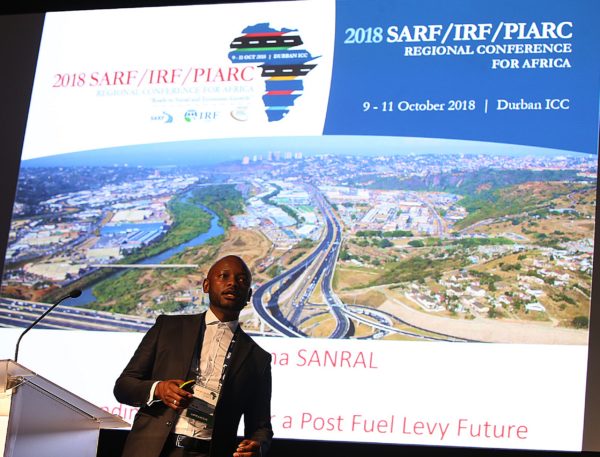Skhumbuzo Macozoma, SANRAL CEO, said more suitable funding methods must be found if the road agency was to make roads more efficient at a minimal cost.

Although South Africa has the 10th largest road network in the world, its need and efficient usage must be interrogated, said Skhumbuzo Macozoma, CEO of the South African National Roads Agency (SOC) Limited (SANRAL).
He said with the political changes since democracy, employees were living closer to their workplaces.
“In a modern world of efficient mobility, how much of the South African road network is really needed and useful?” he asked.
Macozoma was addressing a conference themed “Roads to Social and Economic Growth”, arranged by the South African Road Federation (SARF) in association with the Washington-based International Road Federation (IRF) and the Paris-based World Roads Association (PIARC), in Durban.
Speaking during a breakaway session on Road Financing, Macozoma said South Africa has a total road network of 750 000km (158?124km paved and 591?876km gravel). Of this SANRAL is responsible for 22?214km of the road system.
Efficiency and minimal costs
He said consumers and road users today demand rapid mobility with efficiencies and minimal costs.
Mixed use commercial and residential developments were giving rise to shorter travel distances, thus raising questions around those roads that previously linked cities to workers in far-flung areas.
Macozoma said questions must be asked about the most suitable funding model for roads infrastructure.
He said the fuel levy provided insufficient funding.
Macozoma said: “The future contribution of the fuel levy to the Central Revenue Fund is uncertain with the projected electric car take-off in 2022 and established vehicle efficiency technologies.
“In less than five years, electric cars will cost the same as their internal combustion counterparts and that’s the point of lift-off for sales.
“The total estimated funding requirements to sustain the South African road network, including addressing backlogs in surfacing and capacity expansion is R116.1-billion. The current allocation for the road network is R52-billion. What can we afford and how do we prioritise?”
He proposed that a funding policy for transport infrastructure and road infrastructure must be driven by National Treasury working with sector departments.
He said: “Funding strategies must be deliberate and agreed. A suite of funding models is available. South Africa must be decisive about how to fund its roads.
“The needs, priorities, engineering principles and spending efficiencies must inform future spending allocations.”
Macozoma said economic and social economic infrastructure differentiation was imperative in determining future funding models.
“Road users must be directly responsible for economic infrastructure, such as roads. The Government must provide for social infrastructure such as housing, schools and hospitals.
“Future tax or pricing mechanisms are required for road users. Equity and direct user charging must be embedded in such future funding sources,” Macozoma said.

